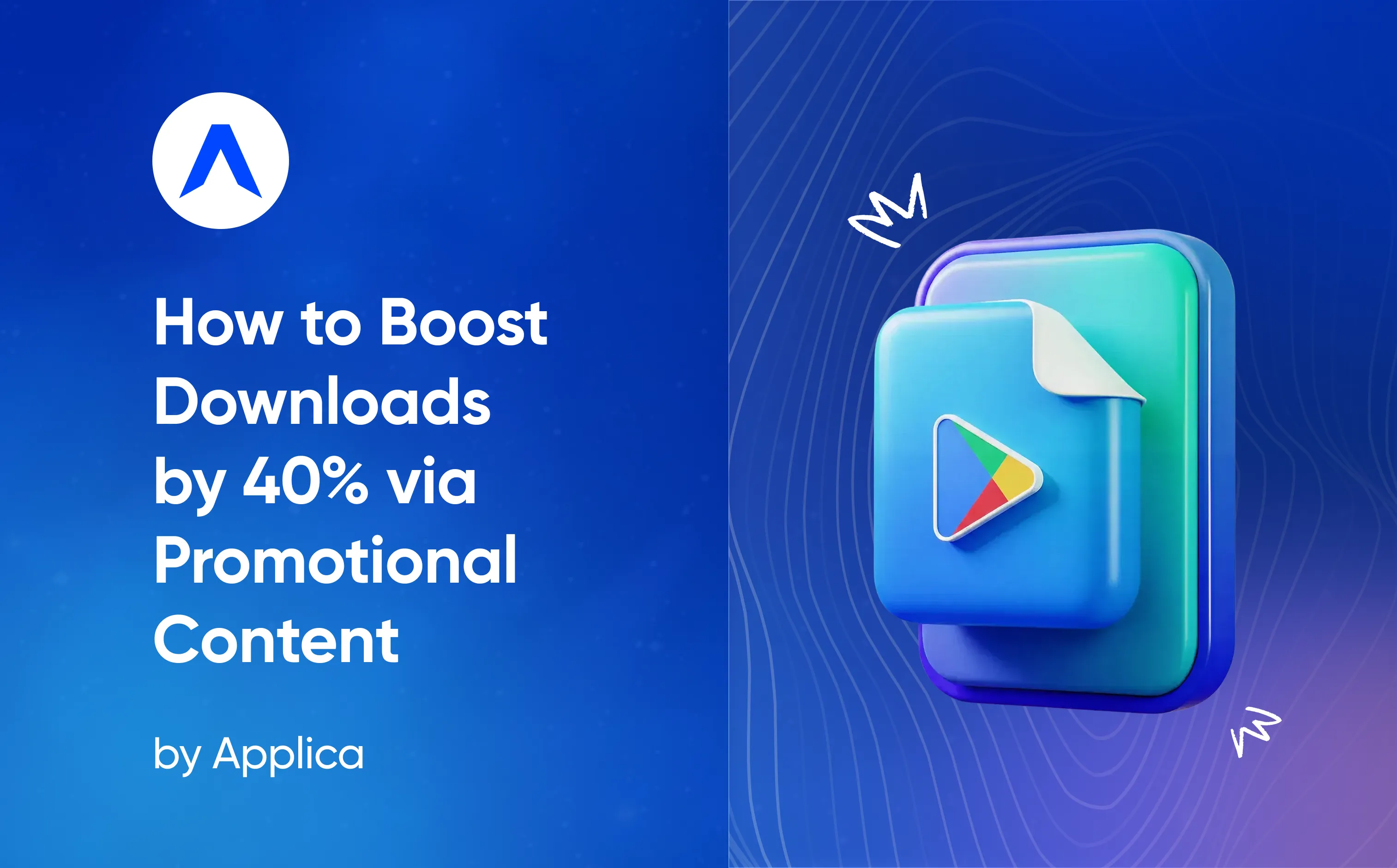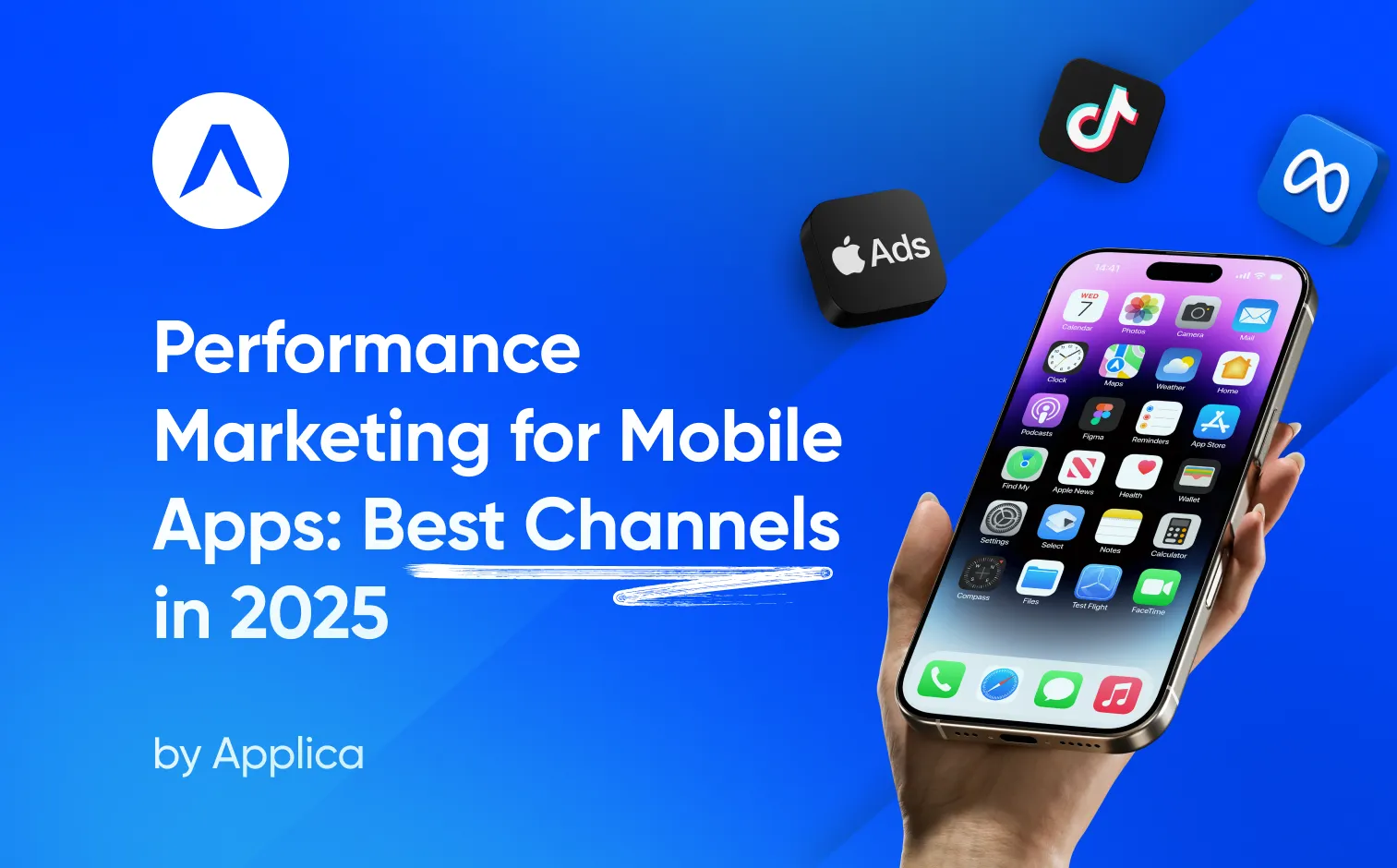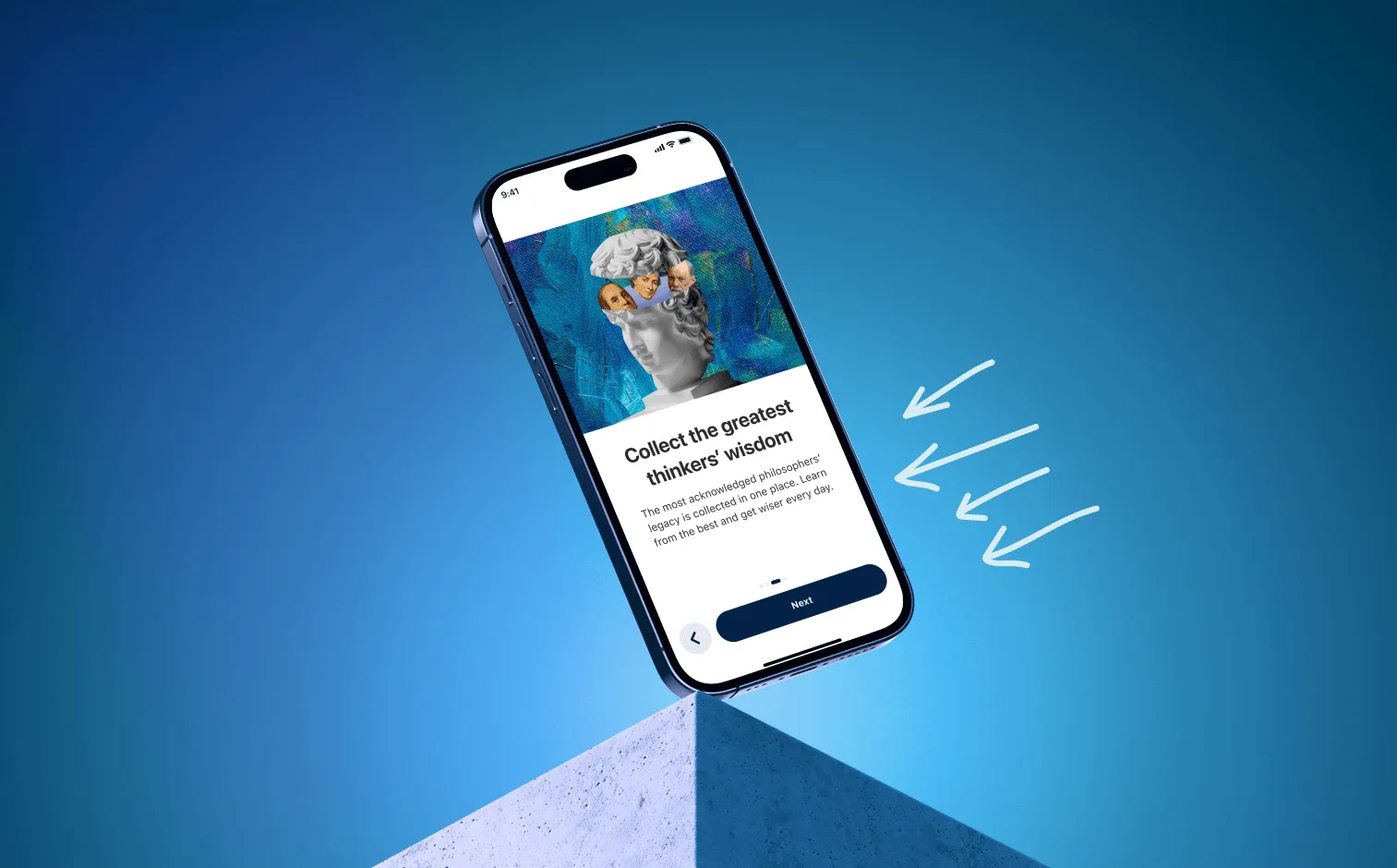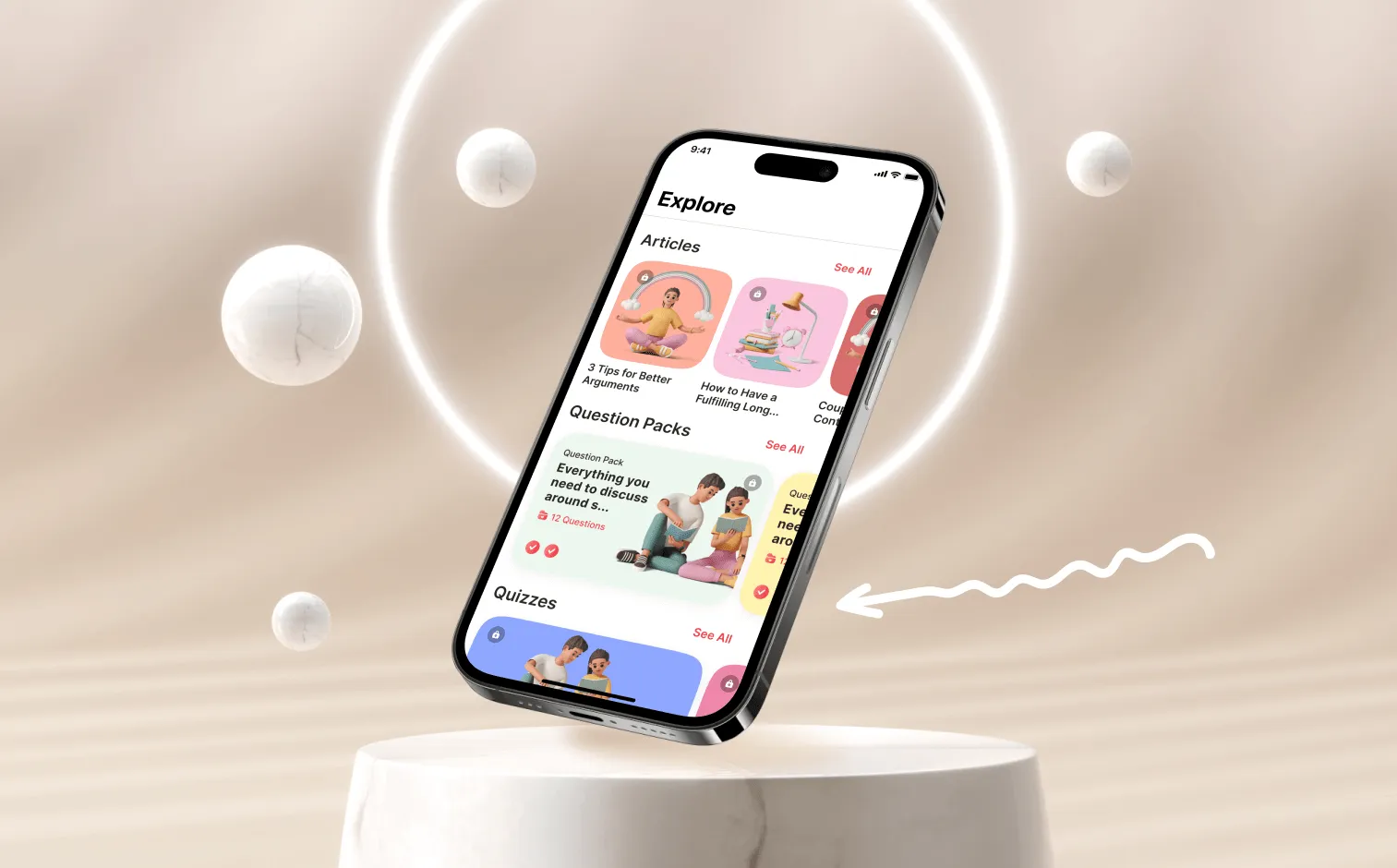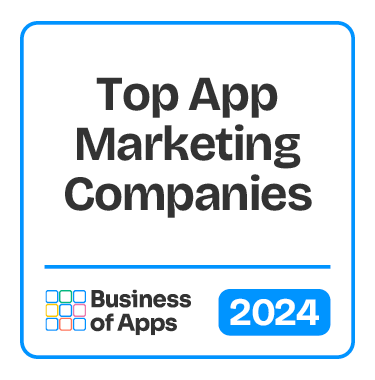Types of Mobile Product Monetization Strategies
Mobile product monetization strategies are methods used by mobile app developers to generate revenue from their product. These strategies typically involve charging a fee for users to download and use the app, offering in-app purchases for additional content or features, or displaying ads within the app. Other strategies include subscription-based models where users pay a monthly or annual fee for access to premium content or virtual goods and services such as virtual currency or power-ups. All of these strategies can be used in combination to monetize your app and maximize revenue potential, or separately depending on the app and its target audience.
In-App Advertising
In-app advertising allows developers to generate revenue from their applications without having to charge users for downloads or upgrades. Developers are able to monetize their apps by allowing advertisers to show relevant ads within their applications. Advertisers can target users based on their demographics, interests, and location, helping to ensure that their ad campaigns are effective. This type of advertising allows businesses to reach their target audiences more effectively while giving developers the opportunity to generate revenue from their applications.
Advantages and Disadvantages of In-App Advertising
In-app advertising is a mobile app monetization strategy that offers businesses an effective and efficient way to reach their target audiences, as well as a cost-effective way to increase brand awareness. It can be tailored to a specific audience, allowing businesses to target their messages to their intended recipients. And so, in-app advertising can be used to deliver a more personalized experience for users. However, in-app advertising can be intrusive, as it can disrupt the user's experience and overwhelm them with irrelevant messages. Businesses have to be careful not to overload users with too many ads, as this can cause them to switch off or ignore the ads altogether.
Interstitial Ads
When asking “How to monetize apps?’, many developers turn to interstitial ads. Interstitial ads work by displaying ads on the full screen between two content pages. They are usually seen in the form of a pop-up window and can be static or interactive. Interstitial ads are usually displayed when a user is transitioning between two sections of content, such as after a game level or when a user is searching for a specific item. This type of ad helps to maximize user engagement. They help to generate revenue for mobile products and services while providing a good user experience.
Advantages and Disadvantages of Interstitial Ads
Interstitial ads can be extremely effective when used correctly while monetizing your app, as they have the potential to be seen by a large audience and can have a powerful impact. However, they can also be intrusive, disruptive, and annoying, particularly when they cover or interfere with the website content. Interstitial ads can also lead to slower page loads and increased usage of mobile data, both of which can be a turnoff for users. Additionally, if the ad is not targeted correctly, it could be seen as irrelevant and a waste of time for the user. Finally, interstitial ads can lead to a high bounce rate and low conversion rate if used incorrectly.
Native Ads
Native ads are a type of mobile product monetize app strategy that seamlessly integrates advertising material within the existing content of an application. Native ads are designed to be unobtrusive and look like regular content, providing an engaging experience for the user. This type of advertising has been found to be more effective than traditional banner ads, as the user is more likely to interact with the content and less likely to be distracted. Native ads are often tailored to the user's interests, resulting in higher click-through and conversion rates, which makes them one of the great app monetization methods.
Advantages and Disadvantages of Native Ads
On the plus side, native ads can be great to monetize mobile apps as they are highly engaging and effective in driving traffic to the advertiser’s website. Native ads are also extremely versatile and can be used across a variety of platforms, from mobile to desktop. They are also very cost-effective and can be targeted to specific audiences.
On the downside, native ads can be intrusive and difficult to distinguish from the regular content, which can lead to confusion and lower engagement. Additionally, if not used properly, native ads can be seen as deceptive or manipulative. It is important to use native ads responsibly and ensure that they are properly labeled and transparent.
Freemium Subscriptions
Freemium subscriptions are one of the monetization strategies for apps and involve offering a basic version of a product or service for free while charging a fee for access to additional features or services. This strategy has been used by many mobile app developers, who offer users a basic version of their product for free but allow them to upgrade to a premium version with additional features for a monthly or annual fee. This allows users to experience the product before making a purchase and also encourages them to upgrade for more features. With the right pricing and features, a freemium subscription can be an effective way to monetize a mobile product.
Advantages and Disadvantages of Freemium Subscriptions
The freemium subscriptions can be used to test out different features and create more value for customers. On the downside, freemium can be difficult to manage and may require additional resources to maintain. It can be seen as a way to manipulate users into spending more money since they are already familiar with the app and the features they already have.
Premium Subscriptions
A premium subscription is users paying a fee to access additional features or content. This fee is usually charged on a regular basis, such as monthly or yearly. This type of strategy is popular with developers and publishers because it helps them generate a steady stream of revenue and provides users with access to exclusive content or features. With this type of monetization of mobile apps, developers can also offer users discounts or special offers to encourage them to sign up for a premium subscription. Premium subscriptions can be a great way to monetize a mobile product, as it creates a dependable source of revenue while providing users with a unique and valuable experience.
Advantages and Disadvantages of Premium Subscriptions
Premium subscriptions as one of the mobile app monetization options offer app owners a great way to generate additional revenue. Subscribers are typically willing to pay a fee to access extra features, content, or services that are unavailable to non-subscribers. This type of revenue model encourages users to stick around and keep using the app, as well as bring in new customers. However, there are a few downsides to consider. For example, it can be difficult to keep subscribers interested in the long term. Furthermore, the cost of the subscription can be prohibitive for some customers. Finally, app owners must be careful to ensure that the premium subscription offers enough value to justify the cost.
In-App Purchases
In-app purchases allow users to purchase virtual or physical items within a mobile app and are a great way to monetize a mobile product. In your app monetization strategy, in-app purchases can range from simple items such as virtual currency to more complex items such as subscriptions, upgrades, or even physical products. They are a great way for developers to make money from their mobile products and can provide users with additional content and features. In-app purchases are suitable for monetizing apps, as they provide users with extra value and the ability to customize their experience.
Advantages and Disadvantages of In-App Purchases
In-app purchases offer a great way to generate revenue and drive user engagement. However, there are some potential risks associated. On the plus side, app owners are able to offer users the ability to purchase additional features or content within their app, which can be a great way to monetize and drive engagement. Additionally, in-app purchases can be used to create loyalty programs or reward users with unique content.
On the downside, if not managed properly, in-app purchases can lead to user frustration and abandonment if the user experience is overly complex or if the cost of purchased items is too high. App owners should carefully consider the pros and cons of in-app purchases before implementing them and should ensure that users are provided with an easy, intuitive, and cost-effective experience.
Best Practices for Mobile Product Monetization
When it comes to mobile product monetization, the best practices involve creating a product that has value to the user and is easy to use. Additionally, it is important to focus on user engagement and retention, as well as providing incentives for users to purchase premium versions of the product. It is also important to consider the cost of the product and the value it offers to the user. Additionally, leveraging different forms of monetization, such as in-app purchases, subscriptions, and advertising, can help increase the product's revenue stream. Finally, it is important to use analytics and insights to track user engagement and adjust the product's monetization strategy accordingly.
Offering Value to Users
Mobile product monetization is all about offering value to users. By providing users with unique features and services, companies can monetize their products in a way that adds value to their users’ experience. Companies should strive to create an app that engages users and offers them something of value, whether it’s a fun game, a helpful tool, or a convenient service. The focus should be on creating a product that people are eager to use, and that they are more than willing to pay for. By offering users something of value, companies can create a successful and profitable mobile product that users will come back to again and again.
Analyzing User Behavior and Preferences
Analyzing user behavior and preferences in mobile product monetization is an important part of understanding how to best monetize a product. This involves looking at user engagement, usage patterns, and purchase behaviors. Through this analysis, companies can gain valuable insights into what motivates users to make purchases and how to optimize their monetization strategy. This could include analyzing user demographics, such as age and gender, or tracking the most popular types of content or features that generate higher revenues. By understanding user behavior and preferences, companies can improve their app monetization options and create better experiences and products that are tailored to their user's needs and preferences, leading to more effective monetization strategies and higher profits.
Continuous App Improvement
Continuous app improvement in monetization strategy for apps is a key factor in the success of any app. As users increasingly demand more features, better performance, and a richer user experience, app developers must constantly strive to deliver these experiences. This includes improving the performance of the app, optimizing for better user engagement, and offering new features that will help increase revenue. Additionally, developers must focus on better targeting and personalization of their monetization efforts, such as with in-app purchases, subscriptions, and ads. By continuously improving the apps’ mobile app monetization strategies, developers can ensure that they are keeping up with user expectations while also staying ahead of their competitors.




